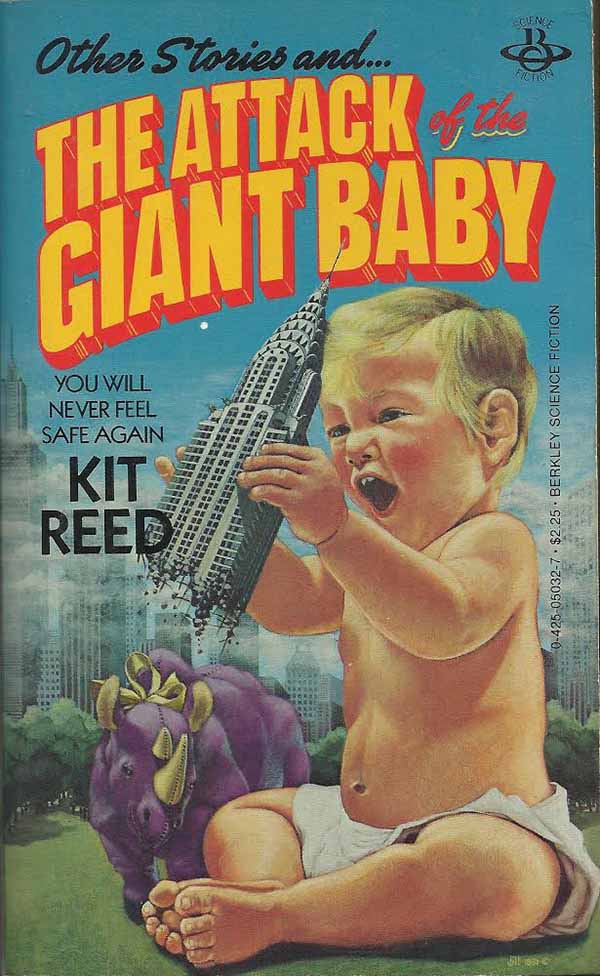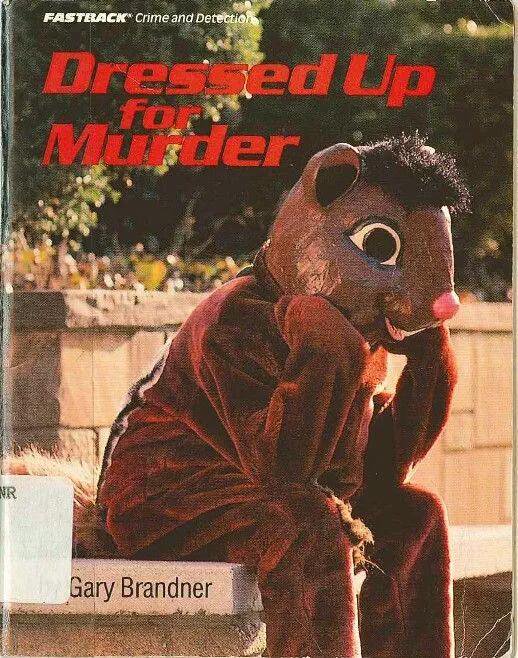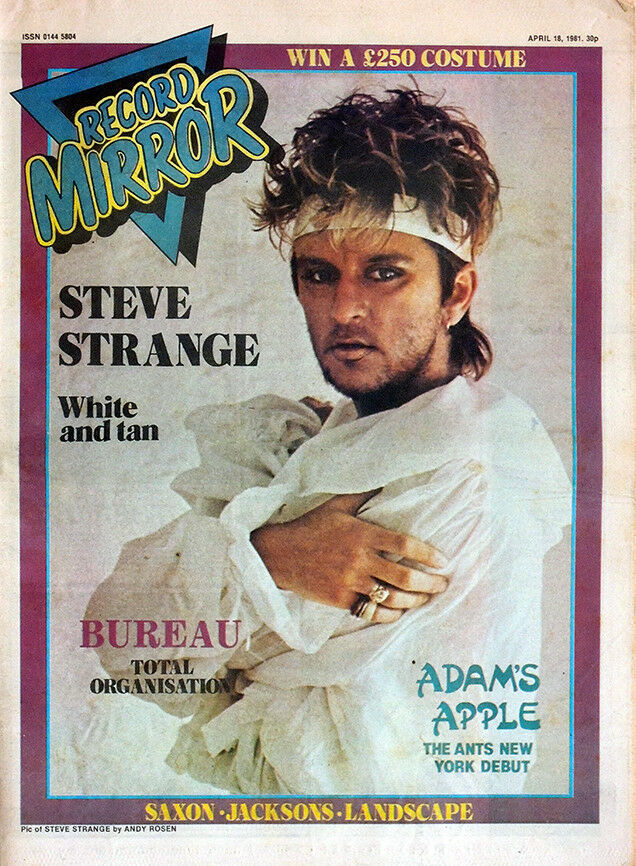
Today in pulp I look back at the world of Soviet women's fashion!
It's not all berets, but it mostly is...
It's not all berets, but it mostly is...
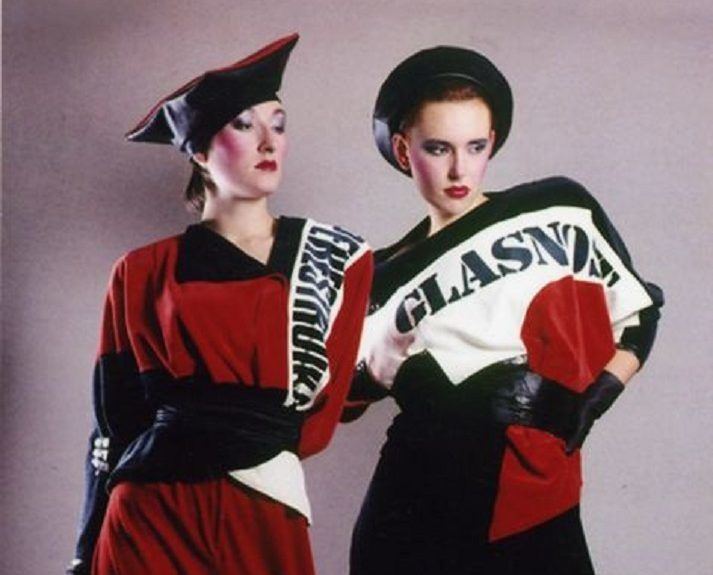
Now you may think that fashion and the Soviet Union go together like Groucho Marx and Friedrich Engels. However that is to misunderstand the nature of the Commad Economy: if she commands it, you'd better buy it for her! 
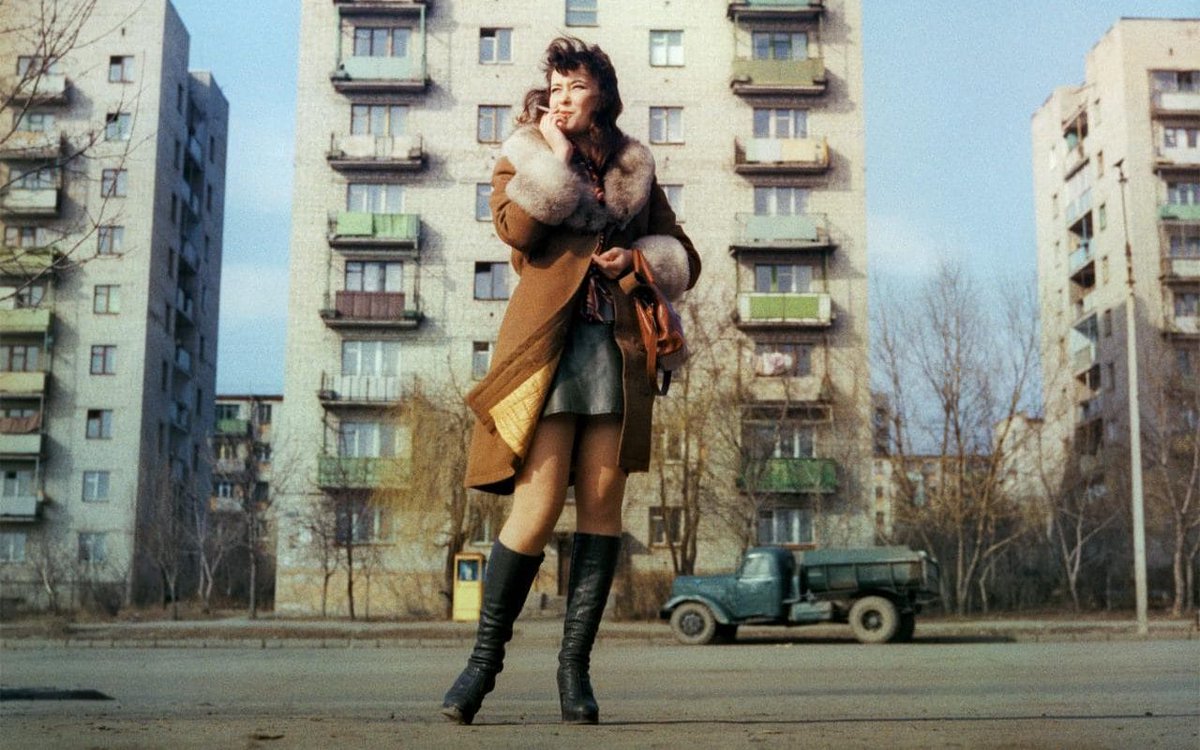
So there is a rich history of fashion and fun (along with the tractor factories and endless ballet performances) in the old USSR. Let's take a sashay along it... 
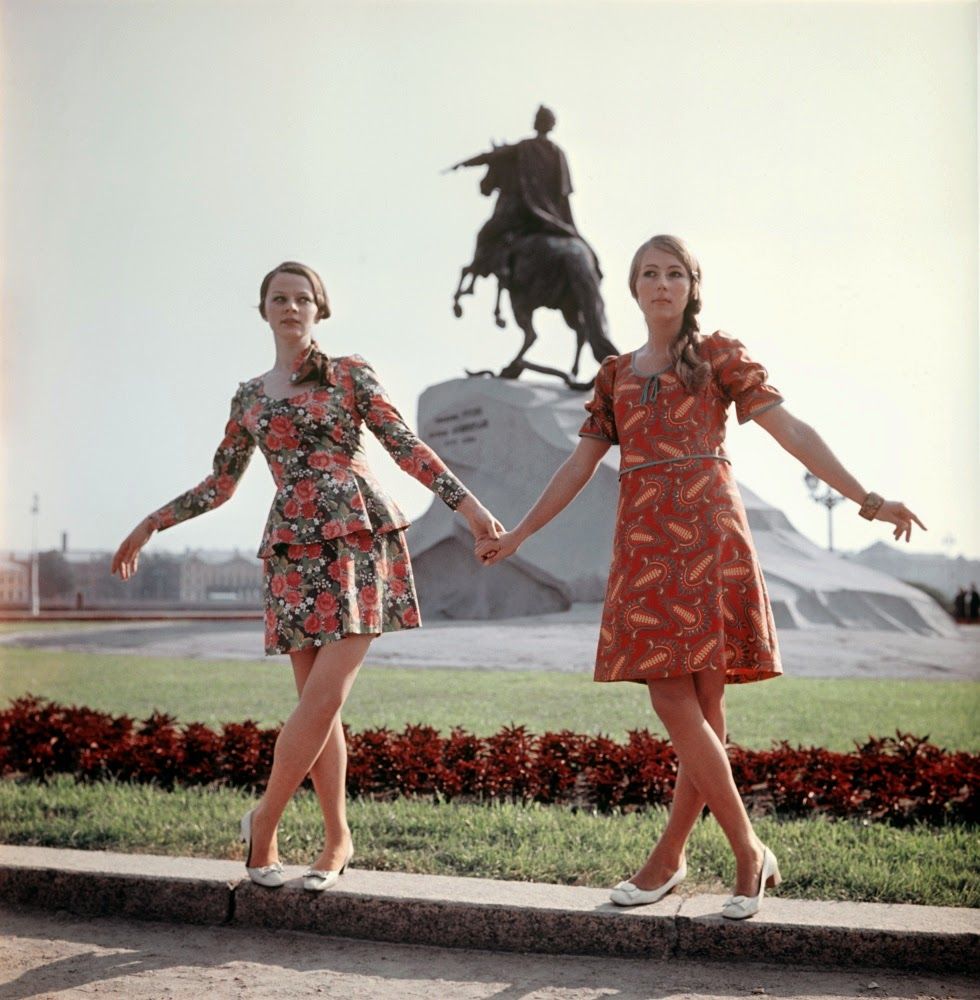
At the start of the Soviet years women's fashion, let's face it, tended towards the functional. Red was popular, as were headscarves, hobnail boots and the ability to field strip a 3-line rifle.
But all that was about to change...
But all that was about to change...
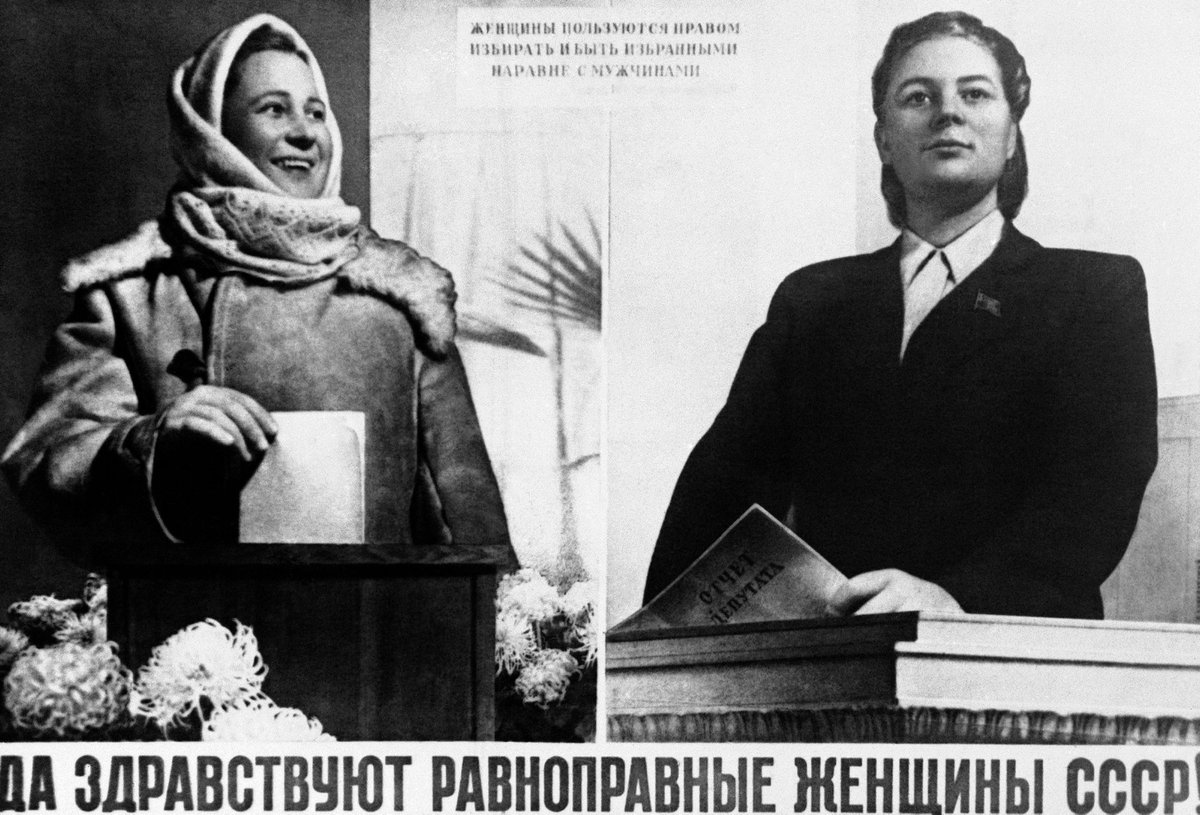
...because Russia had a new fashionista in charge: Stalin! He hated the peasant look of War Communism because it made socialism seem synonymous with poverty. He ordered Soviet Woman to spruce herself up. 
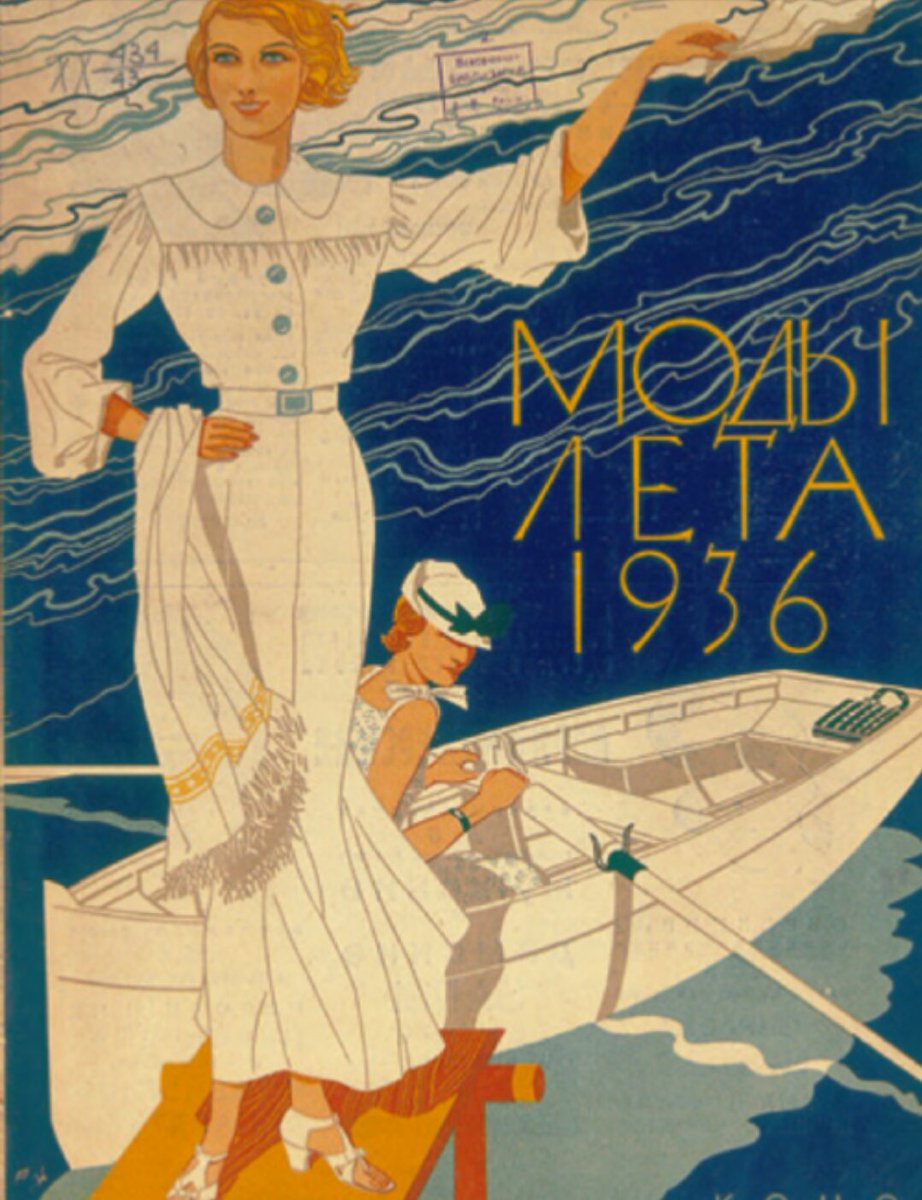
And what Stalin wants, Stalin gets. Sort of. Certainly the apparatchiks of the 1930s were given a taste of graceful modernism: tailored jackets in fetching colours etc... 
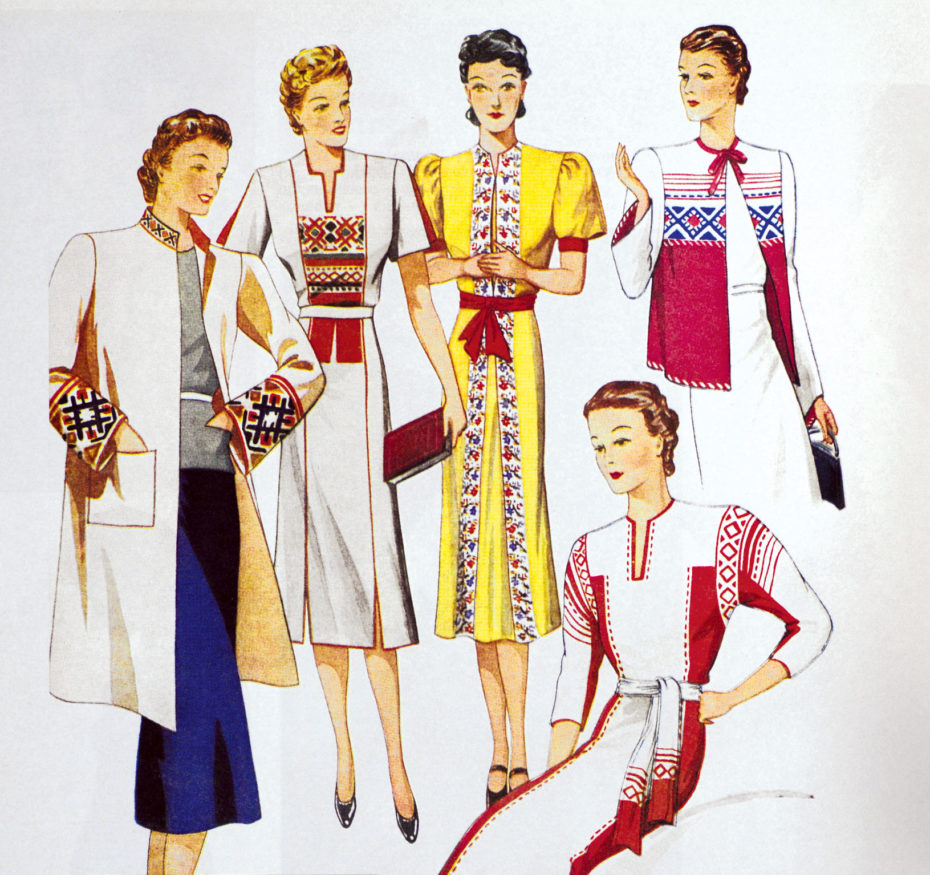
...but for the lumpenproletariat it was still all pinnies. Uncle Jo's five year plan of fashion was strictly for the aristocracy of labour! 

Khrushchev however was having none of it. The socialist republic would hold it's head high and compete on equal terms with the Western divisions of Dior and Chanel. A floaty skirt, a cigarette pant and a working refrigerator would be the inalienable right of every Soviet woman. 

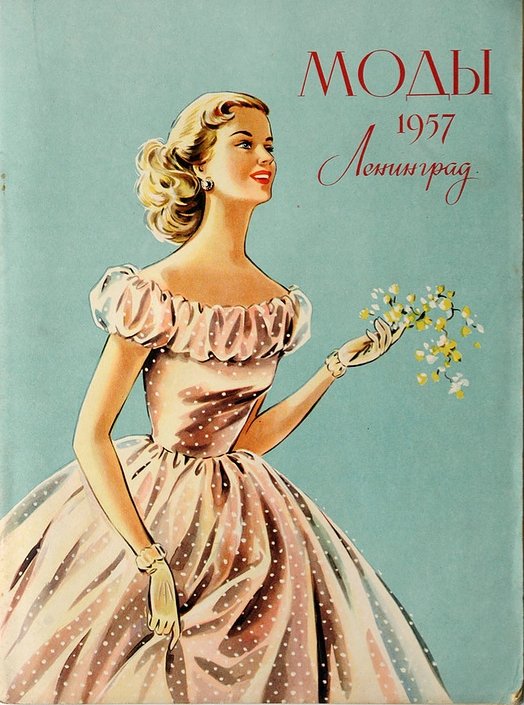
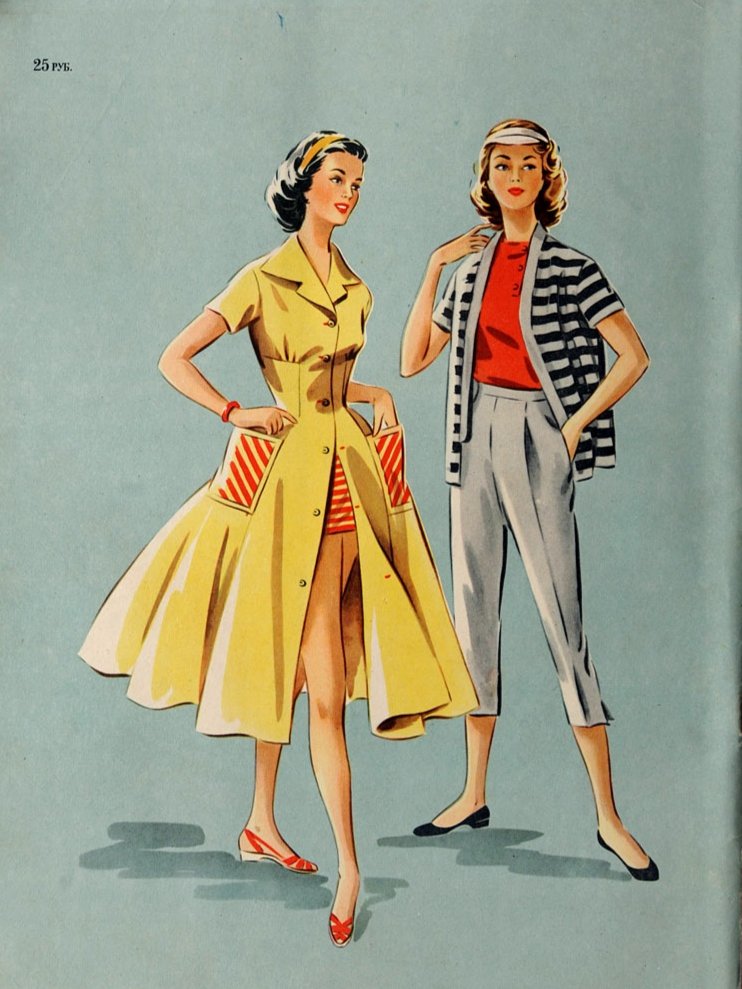
But there would be rules: chasing fashion trends was out, timeless classics were in. A well cut dress should last a lifetime, and would probably have to. 
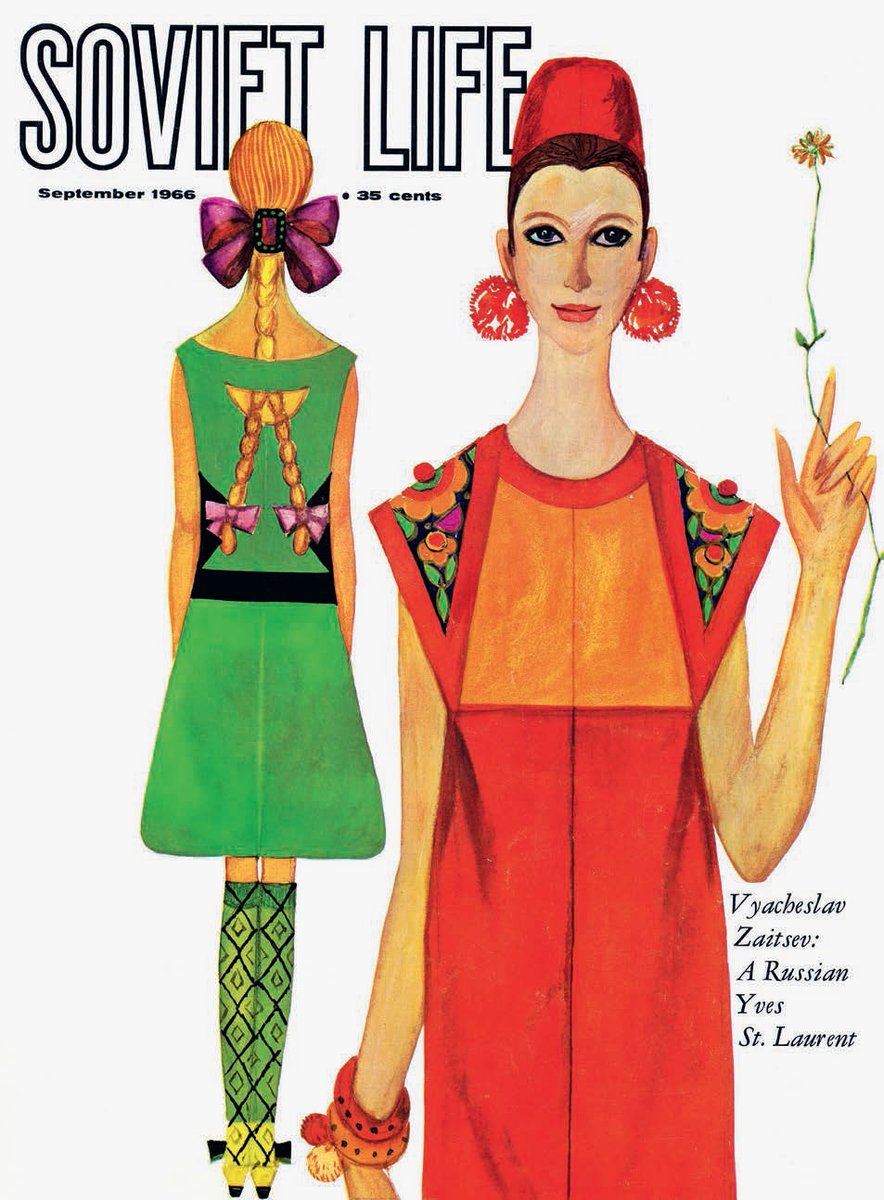
So what was the 'Soviet Look'? Well it wasn't headscarves: they were relics of the bad old years, suitable only for children and babushkas. You could wear a headband at a pinch, but only if you had the cheekbones to carry it off. 

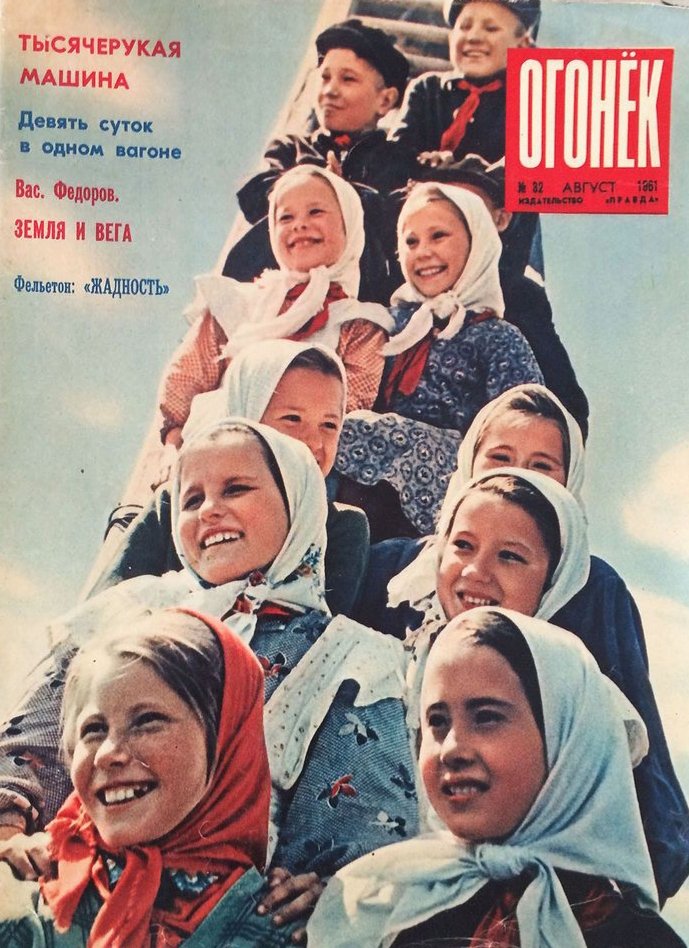
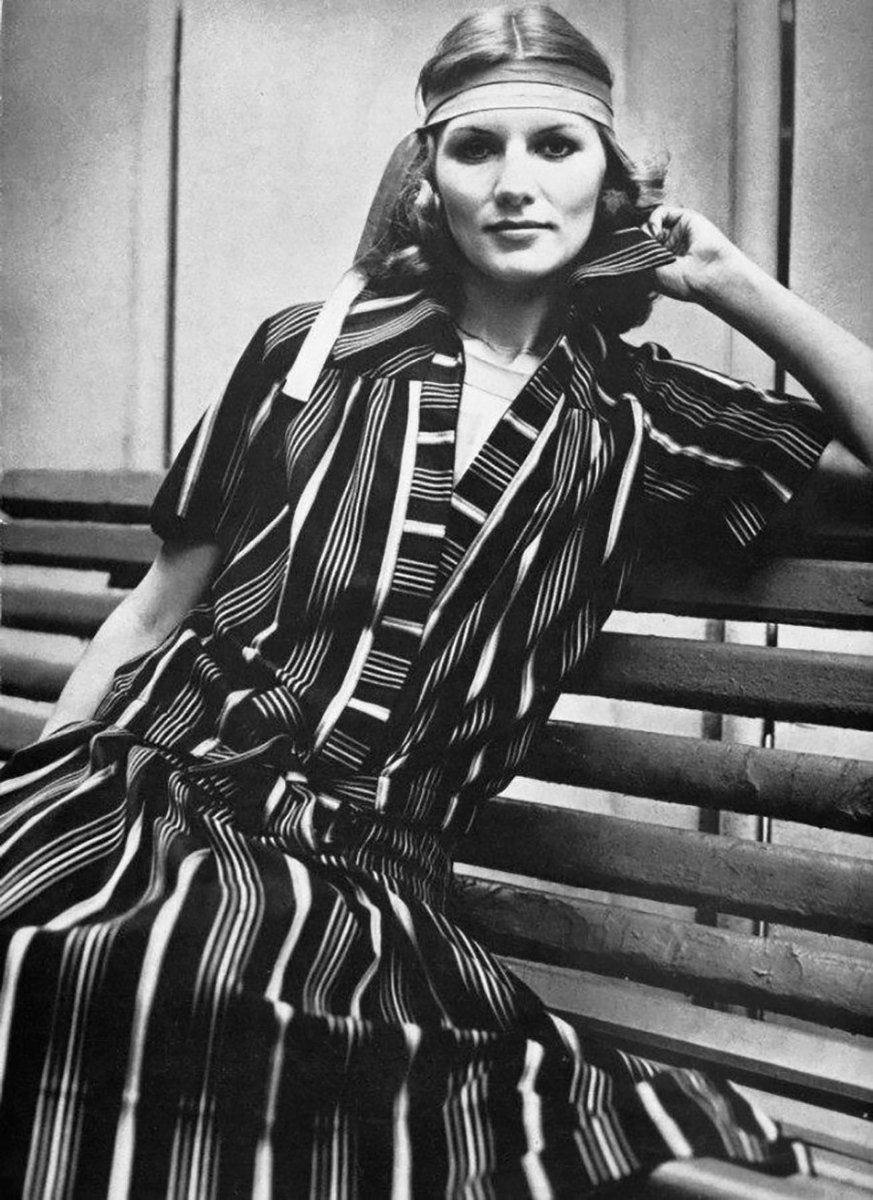
No, what Soviet Woman really wanted was a beret! French style or Basque style, it didn't matter. What mattered was paring it with a well cut blazer and a knee length skirt. 

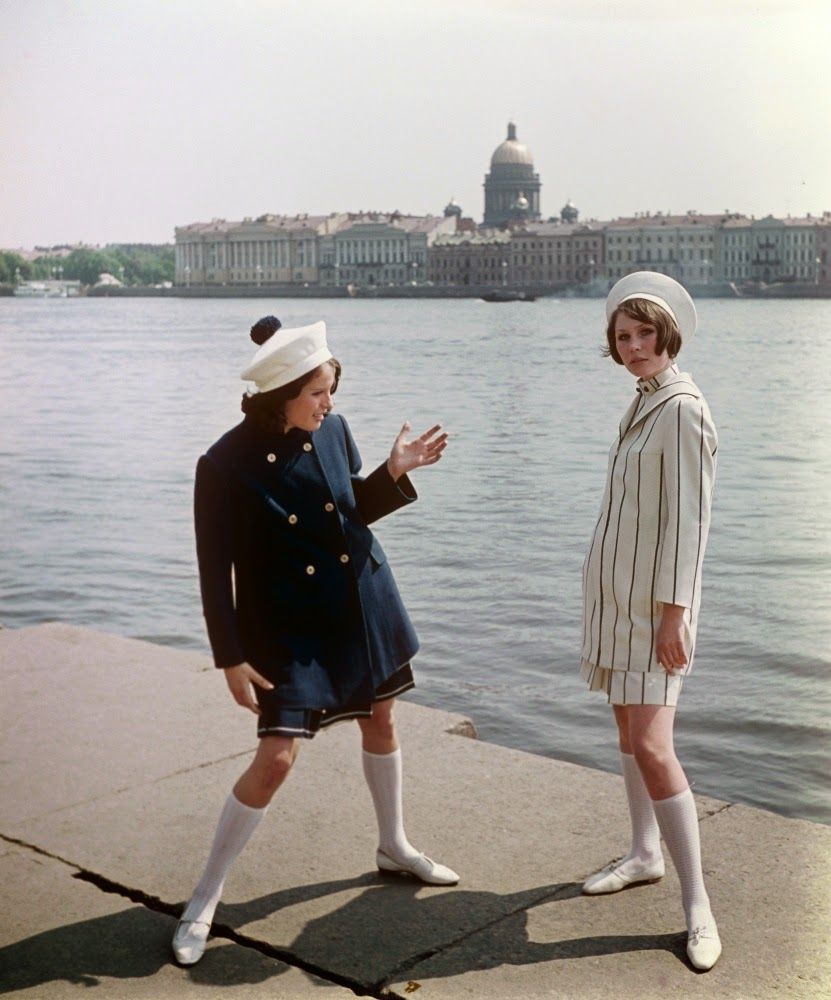
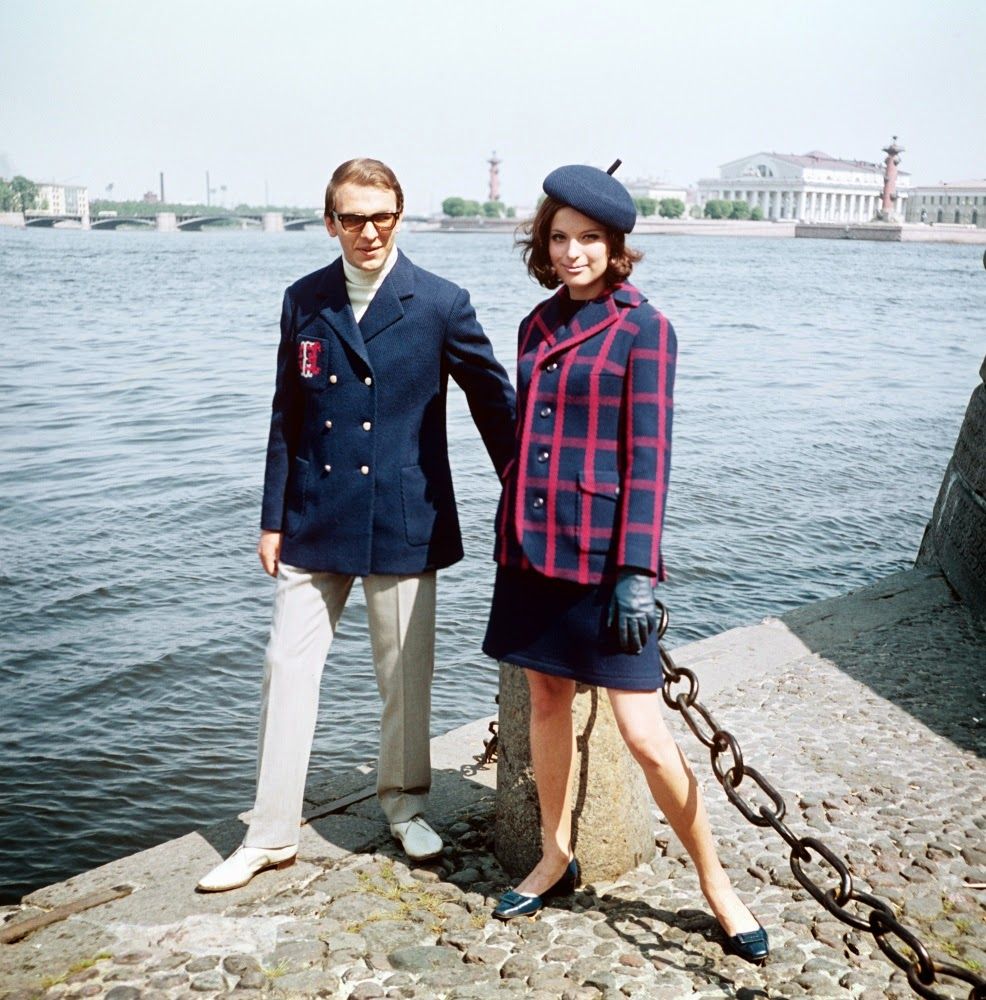
A good coat was obligatory in the USSR: in patriotic colours or simple herringbone, belted and buttoned to the neck. Hoods were good, but collars were never popped. 

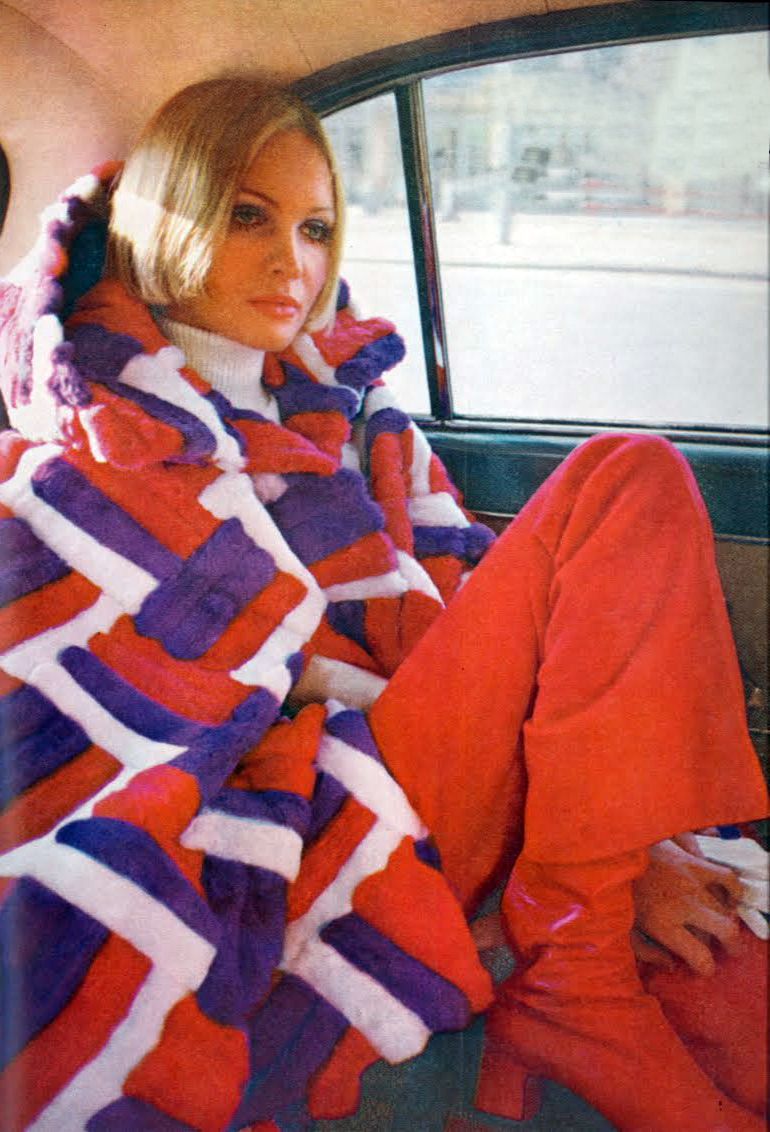
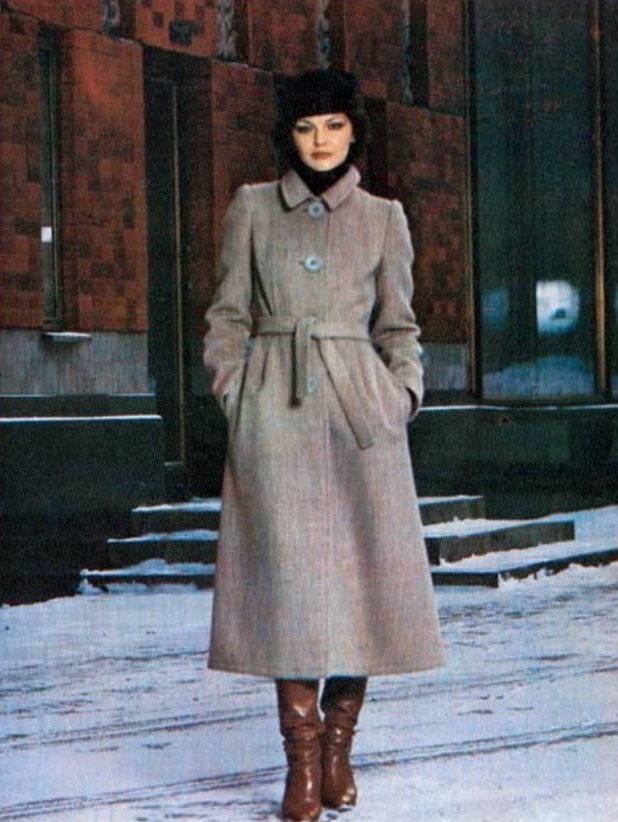
The ladies of Leningrad would also need a rollneck sweater or two. It was the quintessential knitwear statement of the modern Soviet woman: "My eyes are up here Comrade..." 
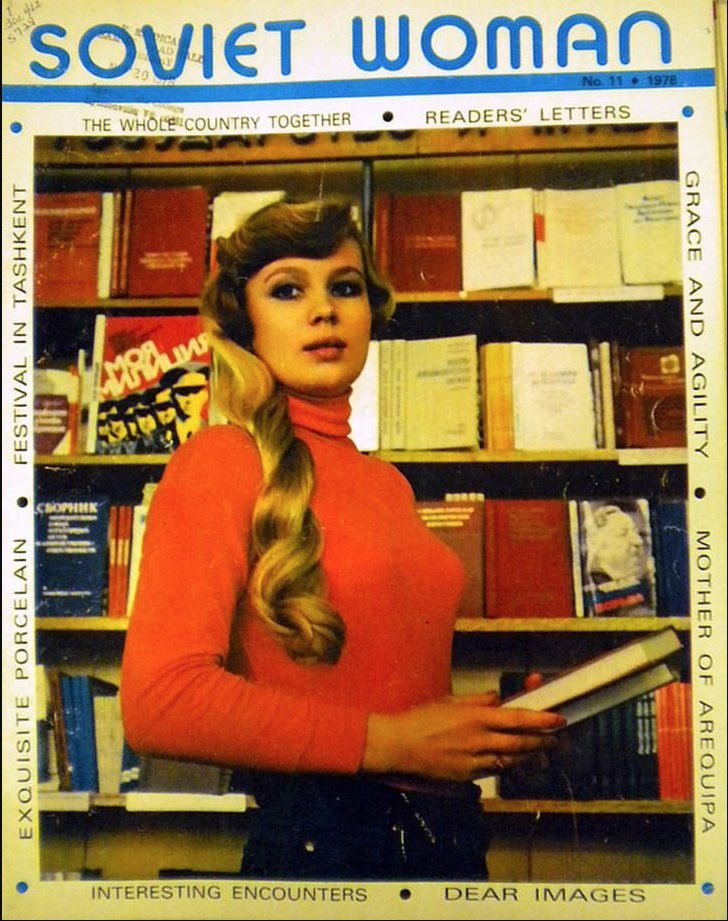
And speaking of knitwear... big funky knits became an Eastern European speciality in the 1980s: the brighter the yarn the more fashion forward the wearer. 

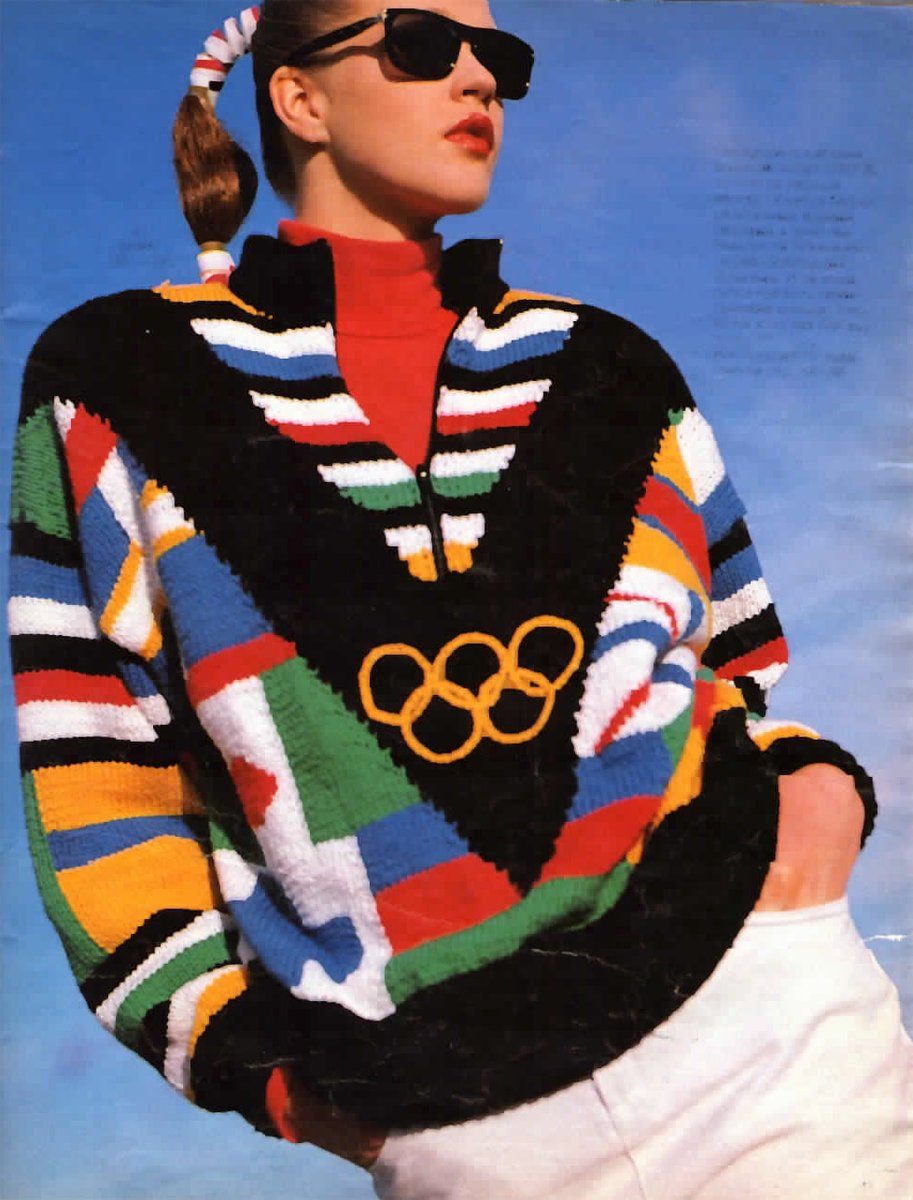
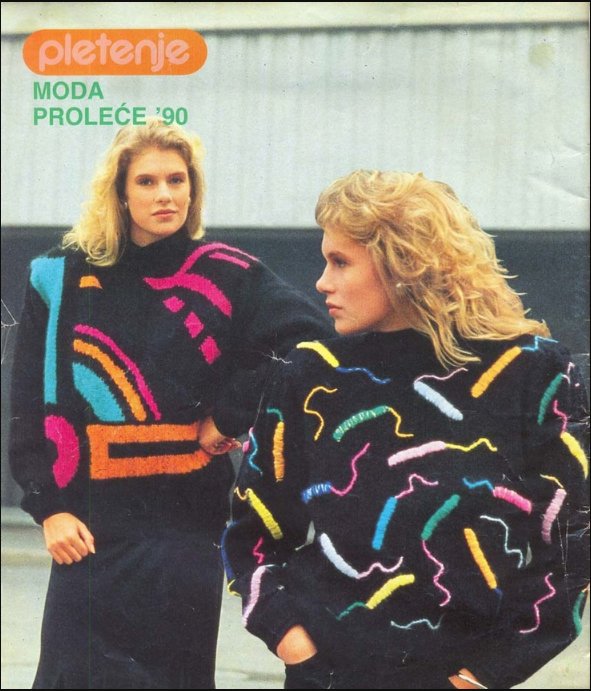
The Russian cut was usually generous. Lots of material demonstrated the plentitude that collective planning bestowed upon the people. Plus it can get windy round the Urals so lots of heavy wool was a godsend. 
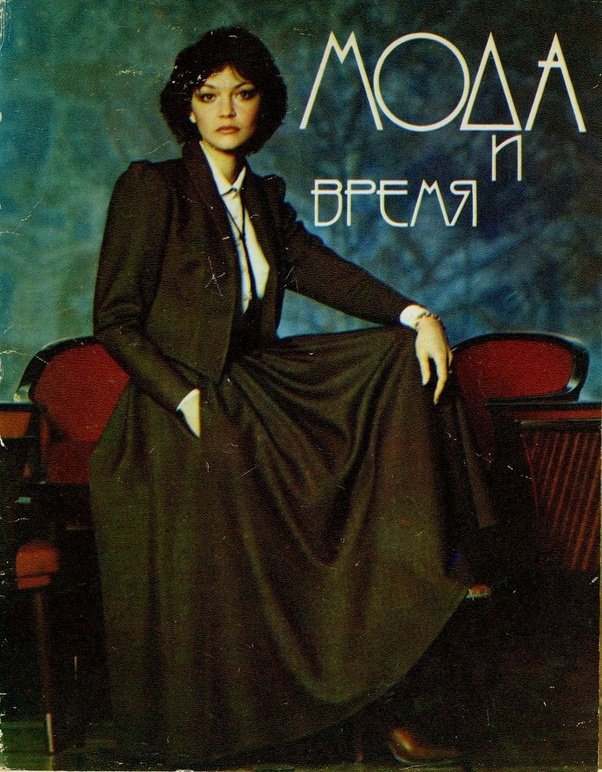
As the years rolled by, as detente came and went, the practical nature of Soviet womenswear adopted to the times... 

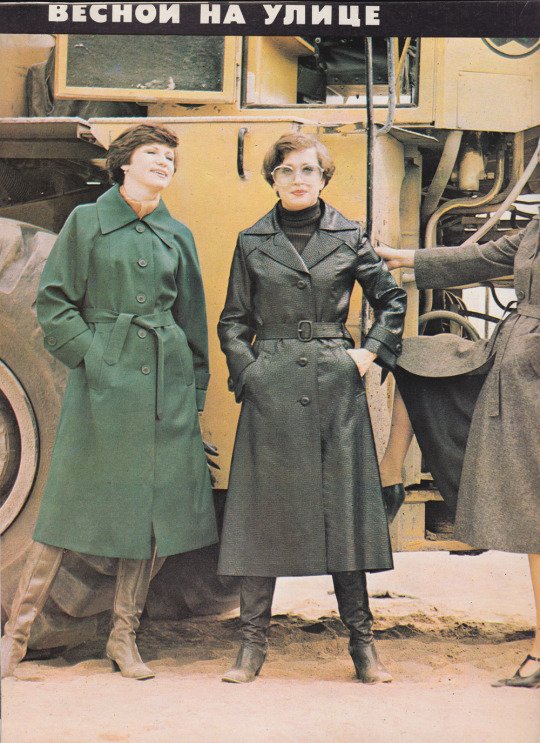
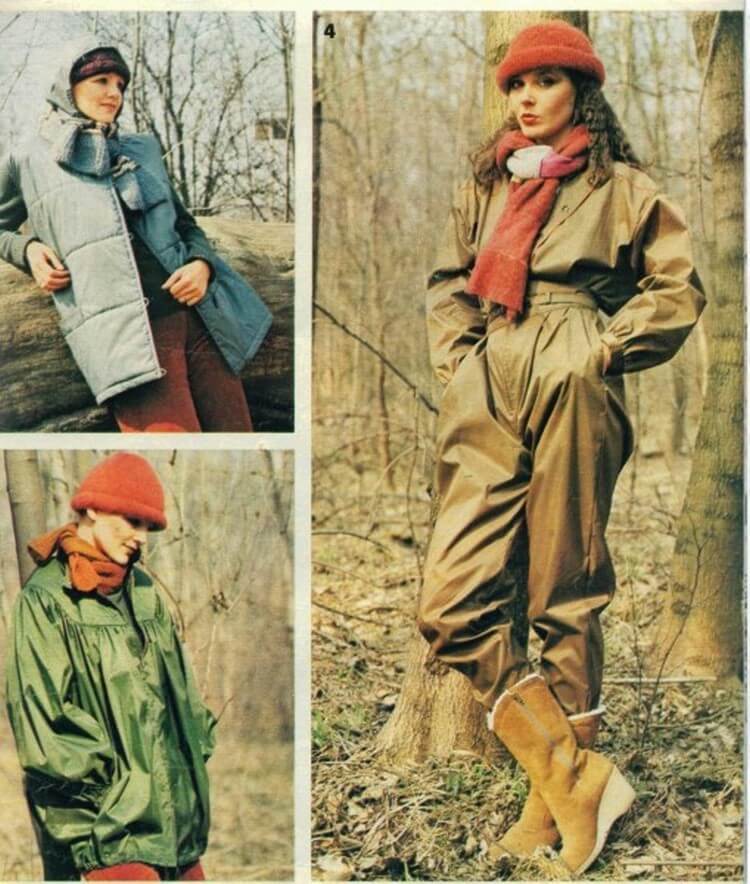
...and by the end of the Cold War Soviet fashion had fully collided with its Western counterpart. In its own way. Sort of. 
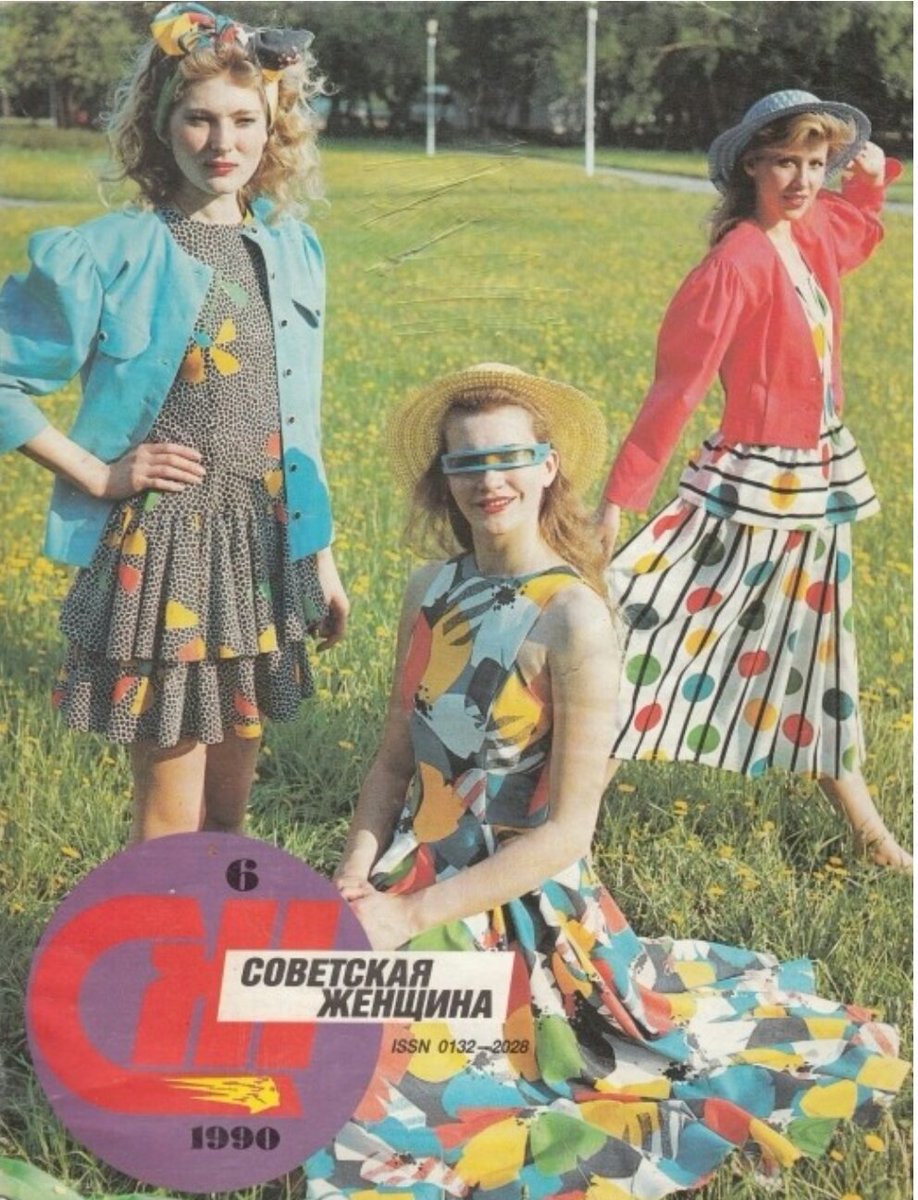
So here's to the fabulous fashionable ladies of old Mother Russia. Whatever the weather - and it was mostly cold - they would strut their collective stuff as boldly as they could!
More fashion history another time...
More fashion history another time...
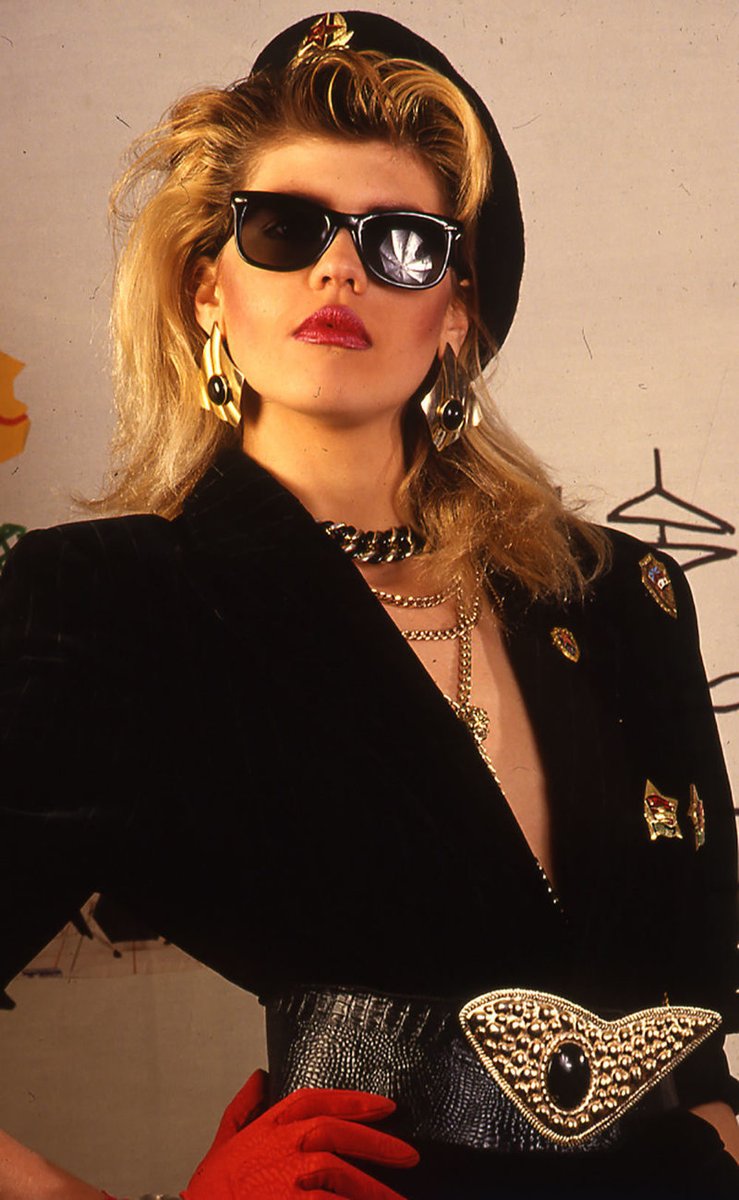
• • •
Missing some Tweet in this thread? You can try to
force a refresh




